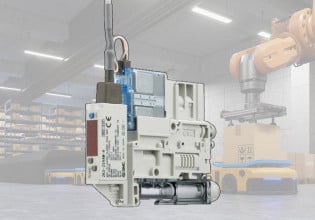M
Can someone explain to me what is the AVR's response when the excitation hits the Over Excitation Limiter or Under Excitation Limiter? When the excitation hits the OEL/UEL, will the AVR "locks" or will it regulate upto the normal range?
We experienced abnormalities on our AVR. The grid system voltage is 235KV thus the power factor become leading. We increase the excitation for the power factor to become unity then suddenly the OEL alarmed and after some seconds the Generator UnderVoltage Relay tripped.
Can someone explain to me what just happened?
Thank you in advance.
We experienced abnormalities on our AVR. The grid system voltage is 235KV thus the power factor become leading. We increase the excitation for the power factor to become unity then suddenly the OEL alarmed and after some seconds the Generator UnderVoltage Relay tripped.
Can someone explain to me what just happened?
Thank you in advance.






